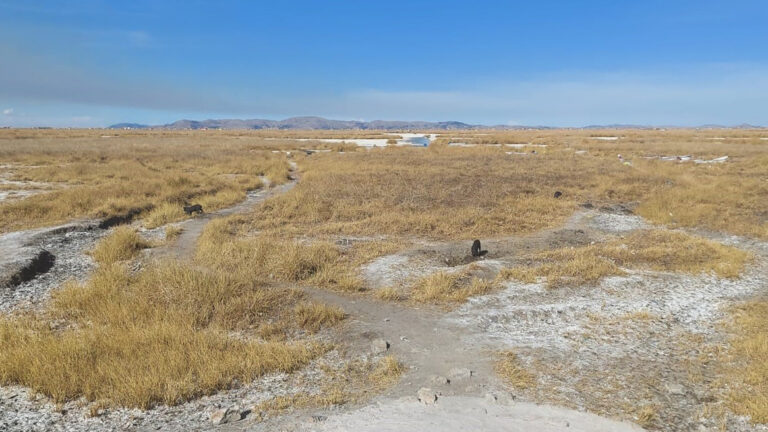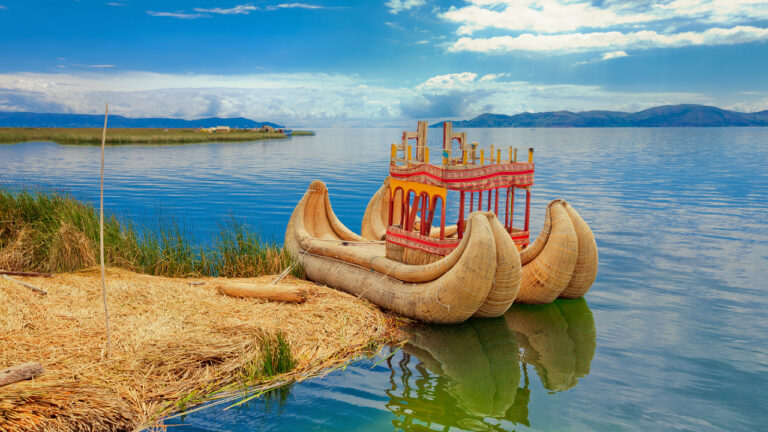PERU, AMERICA
Lake Titicaca
The second largest lake in South America, and the highest navigable lake in the world, Titicaca is the heart of the Altiplano, the high plateau of the Andean mountains.
For the indigenous people of this area of Bolivia and Peru, Titicaca is a sacred place, the birthplace of ancient civilizations. Lying at an altitude of over 3.800 meters, unique wildlife species have evolved in its waters and alongside its shores.
But the lake ecosystems are extremely sensitive to environmental change, and the pressure of more than 2 million people living in its catchment area is increasing - the degradation of Titicaca is dangerously approaching a tipping point, and massive efforts are needed to protect and restore the lake’s health.


Biodiversity
Due to its ecological significance and the unique species that call it home, Lake Titicaca is recognised as a Ramsar Site. The northern area of the lake was also declared a National Reserve by Peru, spanning over 36,180 hectareas to protect the Totora reeds (Schoenoplectus tatora), a crucial habitat for birds and breeding ground for the native fish of the lake.
Almost two thirds of the unique fish species of the lake have been lost – only 8 of its 23 native fish species still inhabit the lake (6 of the genus Orestias, and two of the genus Trichomycterus). Another precious species is the Titicaca giant frog (Telmatobius culeus), known by the locals as “Jamphatu huankele” (in Aymara) – this endemic amphibian is considered “critically endangered”.
Birds form the most diverse and abundant wildlife community – more than 100 species, both resident and migratory, are found in the aquatic and terrestrial ecosystems of Titicaca (islets, banks and buffer zone). The most iconic species is the Titicaca grebe (Rollandia microptera), a flightless bird threatened by the use of fishing gill nets – when diving for prey, the birds get trapped and drown in the nets.

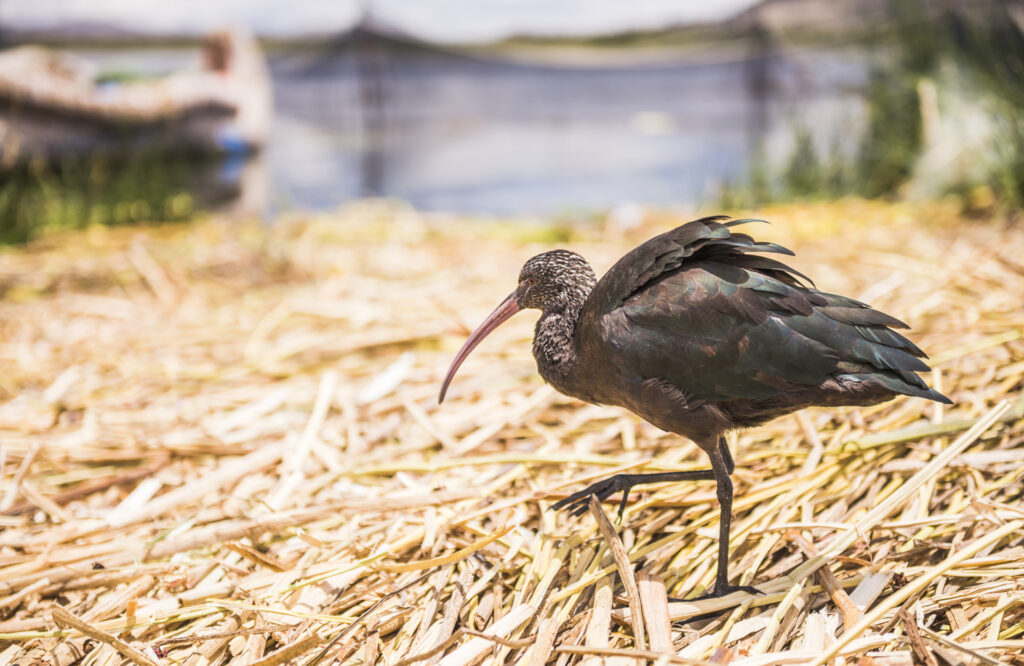
Highlighted Species
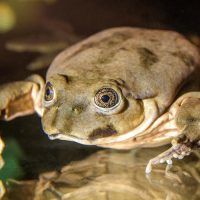
Titicaca Giant Frog
Telmatobius culeus
Its population has plummeted over
the last decades and it is considered ‘Critically Endangered’

Carachi Amarillo
Orestias luteus
One of the native fish of Titicaca.
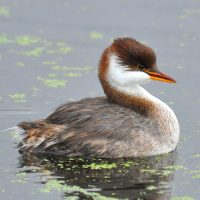
Titicaca Grebe
Rollandia microptera
Considered ‘Endangered’ by the IUCN.

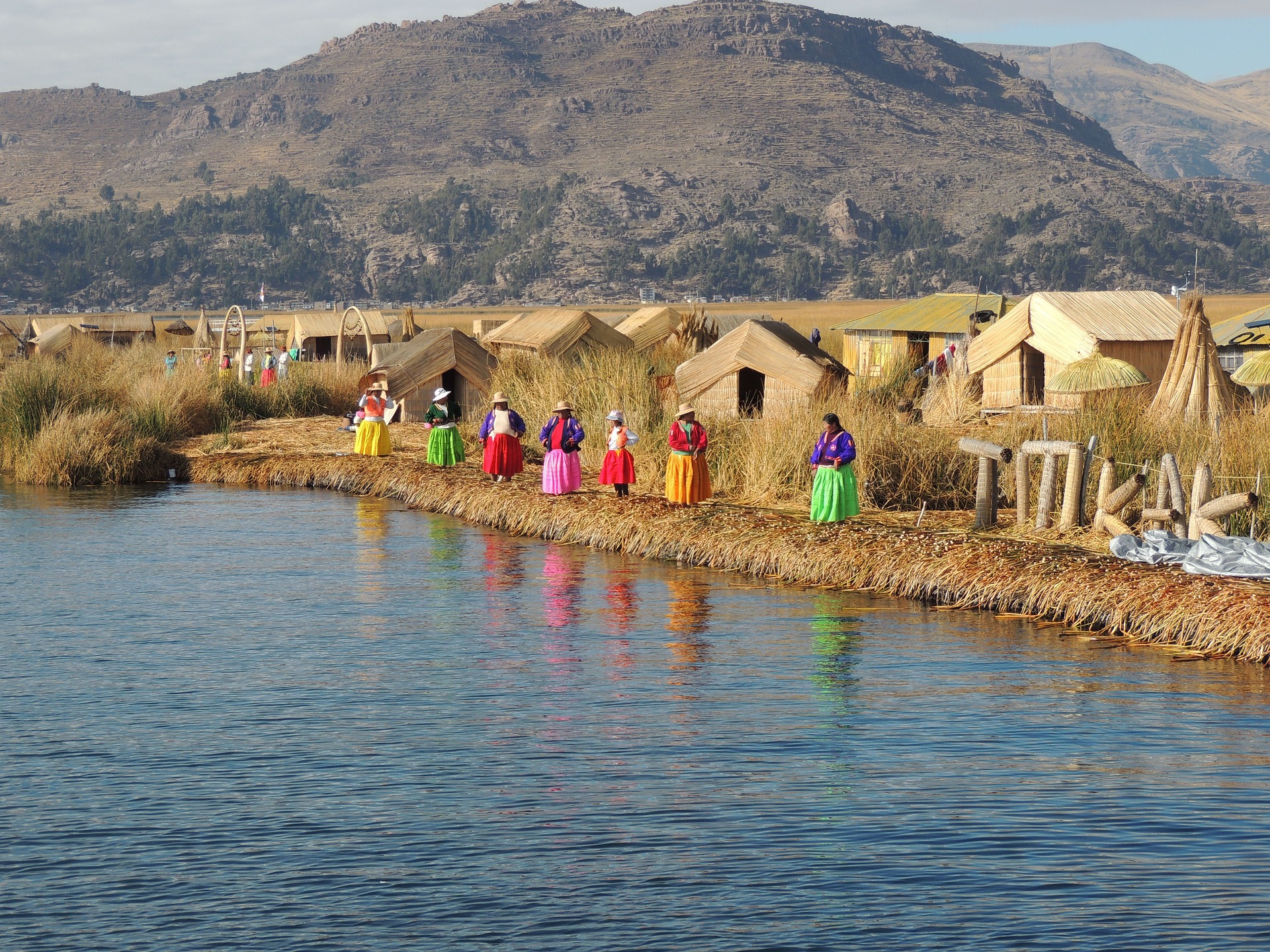
Local Communities
About 2.3 million Peruvians and Bolivians live in the catchment area of this giant lake and depend on it as a drinking water reservoir and other ecosystem services, such as climate regulation. For local people, the lake is also a crucial source of food –for both fishing and aquaculture- and other natural resources, such as the Totora reed. The Uros indigenous people, in the Peruvian side of the lake, use this plant to weave their boats, houses and even the artificial islands on which they live.
Most importantly, the lake bonds Peruvians and Bolivians together, and both nations consider it the spiritual heart of the Altiplano –the Andean Plateau. Along the shores of Titicaca, the Inca culture was born. Visitors from around the world are attracted by its grandeur and beauty, its rich heritage and culture, with tourism revenues making an important contribution to the lake’s conservation.
Threats
Lake Titicaca has been threatened for decades due to the continuous influx of pollutants via its tributary rivers and the cities and towns in the basin. The direct discharge of municipal wastewater, heavy metals from more than 850 abandoned or inactive mining facilities, and inadequate solid waste management (over 180,000 tons/year) are among the primary contributors of pollution.
Additionally, illegal and informal mining in the Ramis and Suches river basins, and intensive trout farming (28,000 tons/year), which generates a huge input of nutrients to the lake, have further deteriorated its water quality and ecological balance. The overexploitation of fishery resources is also depleting the populations of the unique fish species of the lake (Orestias and Trichomyctrus genus). Due to these multiple and interconnected threats, Titicaca was declared ‘Threatened Lake of the Year’ in 2012 and again in 2023.

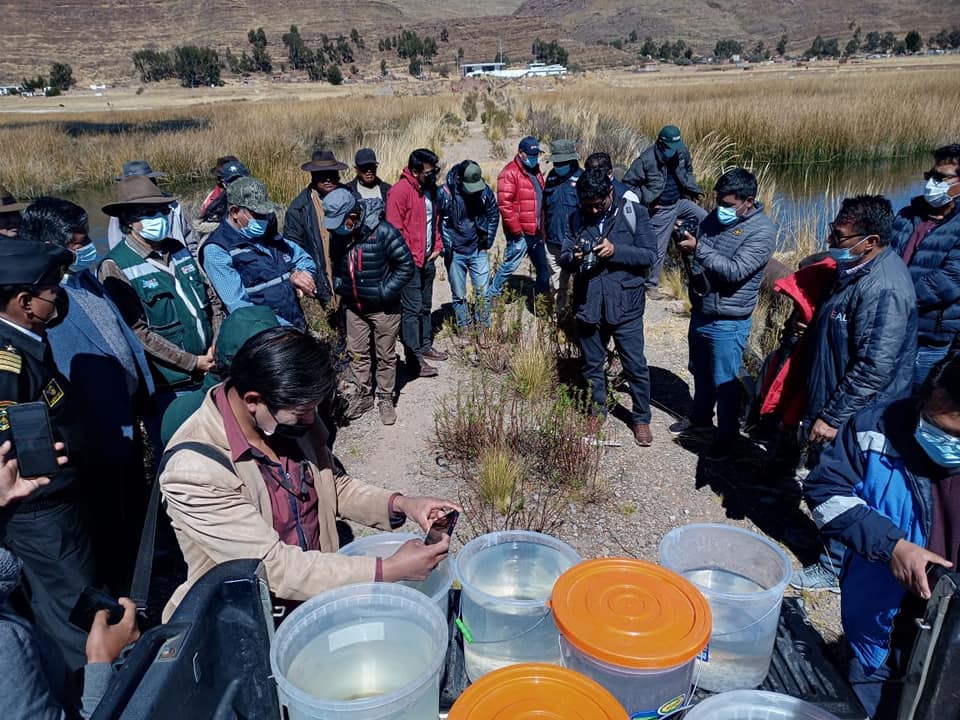
Our Work
The Autonomous Binational Authority of Lake Titicaca (ALT Peru-Bolivia) is a supranational organization, founded in 1996 by the governments of both riparian countries, that works to implement measures and programs to conserve, control and protect Lake Titicaca’s water and hydrobiological resources. As part of the Living Lakes Biodiversity & Climate project, ALT will boost the restoration of the lake alongside these lines of action:
– Implement nature based solutions, with green filters that reduce the nutrient discharge from wastewater, helping restore heavily polluted and eutrophicated areas of the lake like the Bay of Puno.
– Empower young people from Perú and Bolivia, to make them advocates for change regarding the lake’s critical situation.
– Design a regulatory framework for Lake Titicaca whose compliance is actually monitored and whose violation is sanctioned, getting authorities and decision-makers of both countries to the table and mobilizing political will.
– Work with local fishermen and farmers to improve environmental awareness and provide capacity building to promote best practices.

